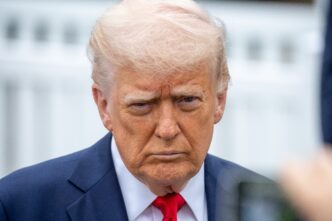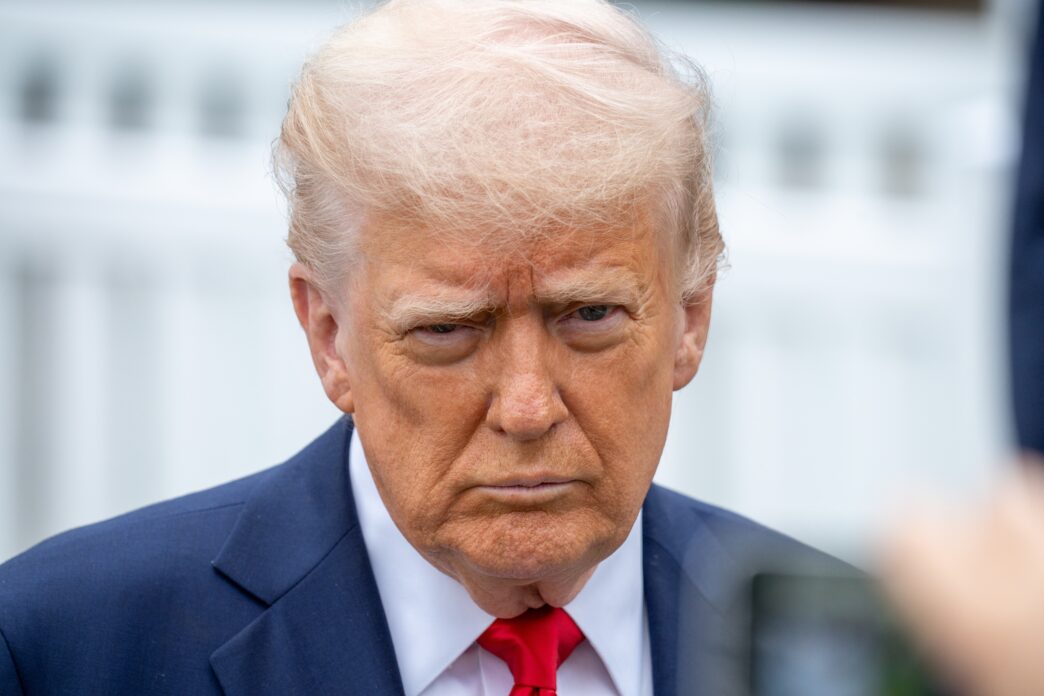Executive Summary
The Story So Far
Why This Matters
Who Thinks What?
The U.S. Supreme Court is set to review the legality of a broad range of “reciprocal” global tariffs imposed by President Donald Trump, with a hearing scheduled for November 5. This decision follows federal appeals court rulings that deemed many of Trump’s tariffs an illegal overreach of presidential emergency powers. The case holds significant implications for the U.S. economy, global trade, and the scope of presidential authority.
Lower Court Rulings and Legal Basis
Lower courts, including the U.S. Court of Appeals and the Court of International Trade, previously found that President Trump lacked the authority to impose these global tariffs. Their decisions rejected Trump’s argument that his actions were permitted under the International Emergency Economic Powers Act (IEEPA). President Trump had invoked the IEEPA, declaring that large trade deficits constituted a national emergency requiring broad tariffs to resolve.
The appellate court’s 7-4 decision explicitly stated that the IEEPA “did not give the president wide-ranging authority to impose tariffs.” Judges argued that the 1977 law neither mentions tariffs nor provides procedural safeguards for their imposition, asserting that the power to tax, including tariffs, belongs to Congress under the U.S. Constitution. Trump vehemently criticized these rulings, calling the appeals court “highly partisan” and its decision a “disaster” that would “literally destroy the United States of America,” according to his Truth Social post. The legal challenges originated from small businesses and a coalition of 12 U.S. states.
The International Emergency Economic Powers Act (IEEPA)
The IEEPA grants the U.S. President significant authority to respond to national emergencies or major external threats, allowing for economic levers to be pulled “to deal with any unusual and extraordinary threat… to the national security, foreign policy or economy.” Both Presidents Barack Obama and Joe Biden have utilized the act, notably for sanctions against Russia following the annexation of Crimea and the full-scale invasion of Ukraine. However, the appeals court differentiated these uses, stating the IEEPA “neither mentions tariffs (or any of its synonyms) nor has procedural safeguards that contain clear limits on the president’s power to impose tariffs.”
Potential Economic and Political Ramifications
A Supreme Court decision against Trump’s tariffs could have immediate and far-reaching economic consequences, introducing uncertainty into financial markets. Questions would arise regarding the potential repayment of billions of dollars collected through these import taxes. Furthermore, existing individual trade deals with major economies like the UK, Japan, and South Korea, as well as ongoing trade negotiations, could be destabilized.
Politically, the ruling will impact Trump’s authority and reputation as a dealmaker. A decision upholding the tariffs could embolden future presidents to use the IEEPA more aggressively, potentially altering how the U.S. conducts international trade. Conversely, a ruling against Trump would be a significant setback for a centerpiece of his economic agenda. The Supreme Court, with its conservative majority including three justices appointed by Trump, has often sided with him this year but has also shown a willingness to curb perceived presidential overreach, particularly concerning policies not directly authorized by Congress.
Tariffs Under Review
The Supreme Court case specifically targets President Trump’s “reciprocal tariffs,” which include a range of rates applied to products from numerous countries, such as China, Mexico, and Canada. These levies currently remain in effect. Separately, tariffs imposed by Trump under Section 232 authority, aimed at protecting U.S. national security (e.g., on steel, aluminum, and copper), are not affected by this ruling and remain intact. The Trump administration has continued to launch Section 232 investigations into various products, including commercial aircraft and wind turbines.








